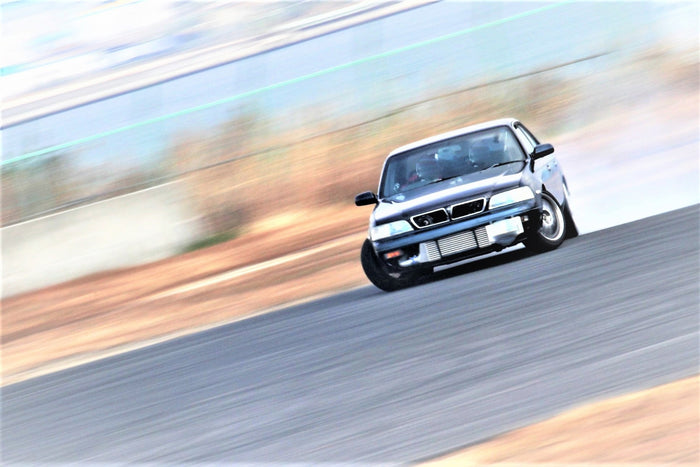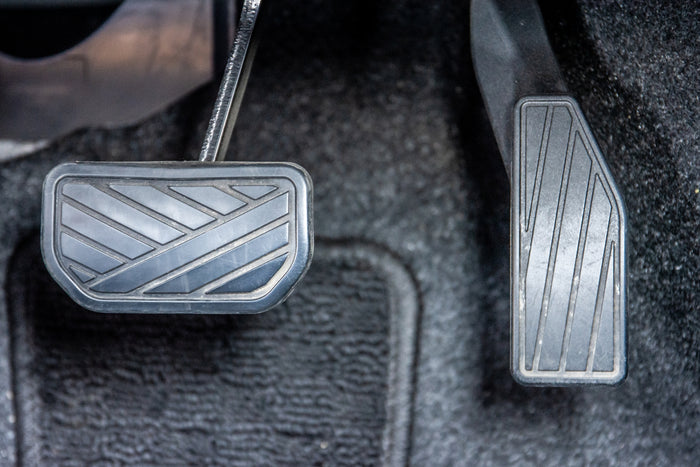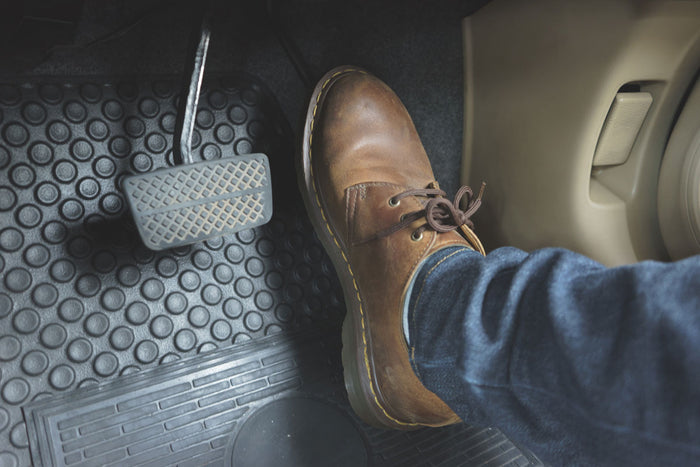Load transfer! 3)

Hello, are you able to transfer the load with the image of drawing a circle?
This time, it is an advanced version.
Let's try to draw a bigger circle outside of the basic smooth circular load transfer.
Well, it's the commonly called "drifting".
There are many ways to say "drifting".
It depends on the performance of the car, the setting, the way of making the triggers, the drive system, etc... but that aside, the normal load transfer is an image of drawing a circle, however the drifting is a load transfer that adds a parabola to the basic circular movement.
The size of this parabola depends on how it drifts.
"side brake"
"engine power"
"brakes"
"inertia"and "feint"
There are various triggers for drifting, but if the load transfer is not smooth, the car will spin.
"Centripetal force" and "centrifugal force" generated by moving the steering wheel to "inertia" of the driving force of the car, and "center of gravity".
With these in mind, we have to control the grip of the "front wheels" and "rear wheels" to make a parabolic drifting.
I used to practice drawing clover ♣ ️when I was young.
Nowadays we live in a world where it is difficult to find a place to practice, but if you have a place and an opportunity, please try your best.
~AdPower engineer staff~
Click here for the official Facebook page of Ad Power Japan.




